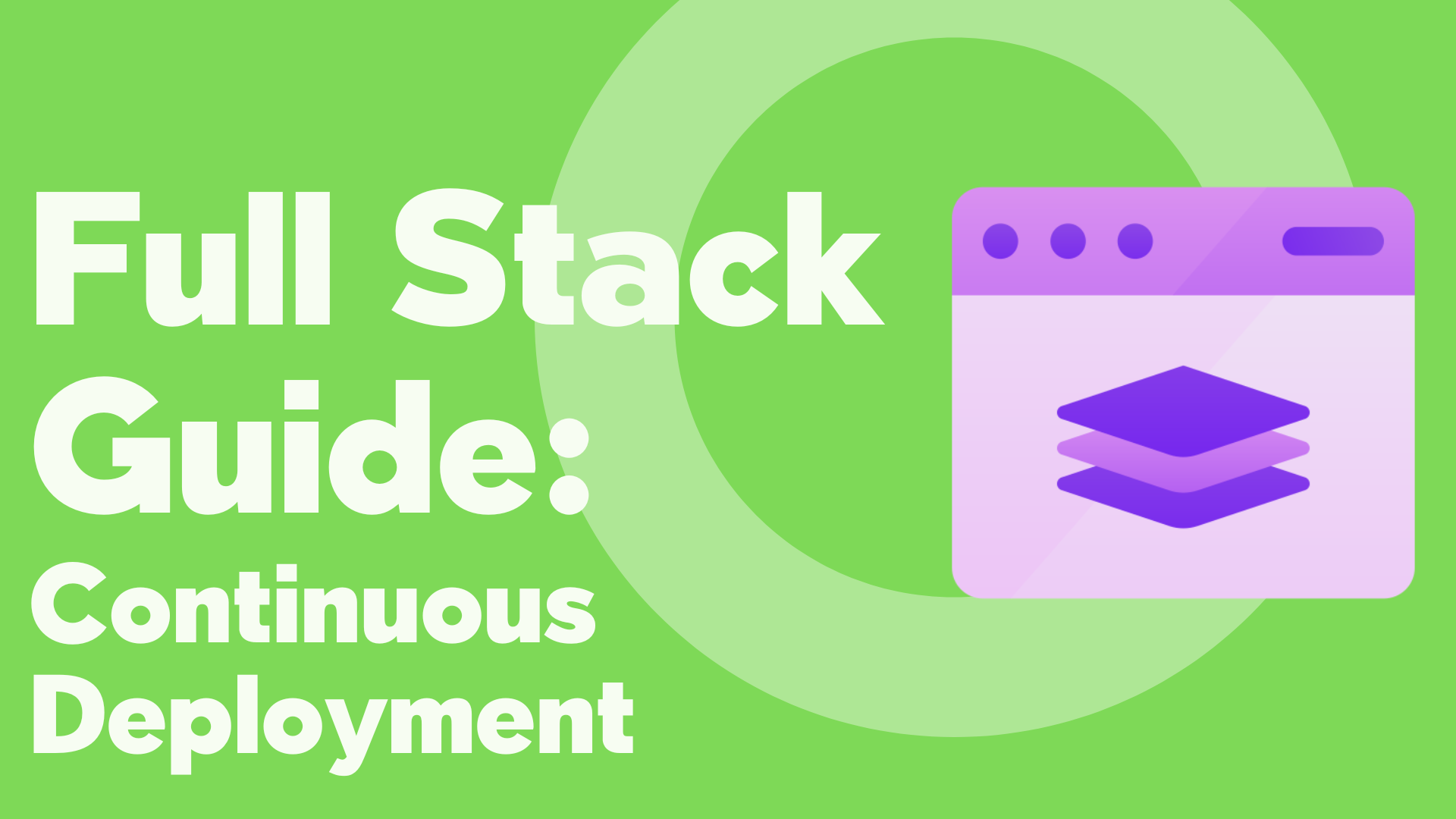Introduction

Monitoring processes during CI
What is a CI/CD pipeline?
In the modern software development landscape, Continuous Integration and Continuous Deployment (CI/CD) pipelines have become essential. They automate the process of integrating code changes, running tests, and deploying applications. The efficiency and reliability of these pipelines are critical to the overall success of a software project, and CI/CD pipeline monitoring plays a vital role in maintaining and improving these attributes.
A CI/CD pipeline combines automated processes to make it easier for developers to move code changes from their development environment to production as quickly as possible. Continuous integration is how code changes are moved into a repository, potentially being worked on by numerous developerssimultaneously. These changes then move into production by continuous deployment tooling.
The pipeline typically involves code integration, testing, building, and deployment. Each stage ensures that the code is high quality and ready for release. By automating these processes, CI/CD pipelines help teams deliver software faster and more reliably.
Benefits of CI/CD pipeline monitoring
Monitoring a CI/CD pipeline is crucial for ensuring its smooth operation. It provides insights into the pipeline’s performance, helps identify bottlenecks, and enables teams to proactively address issues before they affect end-users. Here are some key benefits of CI/CD pipeline monitoring:
Faster Deployments
Monitoring helps identify and eliminate inefficiencies in the pipeline. By tracking metrics such as build times, test durations, and deployment times, teams can pinpoint slow stages and optimize them for faster execution.
Improved MTTR
A fast CI/CD pipeline allows developers to fix issues that go into production quickly due to faster turnaround times. This helps improve end-user experience, reduces downtime, and improves the company’s bottom line via better Mean Time to Recovery (MTTR).
Improved Reliability
Consistent monitoring ensures that the pipeline operates reliably. By tracking metrics related to build success rates, test pass rates, and deployment success rates, teams can detect and address recurring issues. This leads to fewer failed builds and deployments, resulting in a more stable and dependable pipeline.
Increased Developer Productivity
A properly monitored CI/CD pipeline minimizes disruptions for developers. When the pipeline is efficient and reliable, developers spend less time troubleshooting build and deployment issues and more time writing code. This boosts overall productivity and morale within the development team as developers can build and deploy new features with less friction.
What is Continuous Delivery/Deployment
Continuous Delivery Explained
Continuous delivery is a software development practice where code changes are automatically prepared for a release to production. A pillar of modern application development, continuous delivery expands upon continuous integration by deploying all code changes to a testing environment and/or a production environment after the build stage. When properly implemented, developers will always have a deployment-ready build artifact that has passed through a standardized test process.
Continuous delivery lets developers automate testing beyond just unit tests so they can verify application updates across multiple dimensions before deploying to customers. These tests may include UI testing, load testing, integration testing, API reliability testing, etc. This helps developers more thoroughly validate updates and pre-emptively discover issues. With the cloud, it is easy and cost-effective to automate the creation and replication of multiple environments for testing, which was previously difficult to do on-premises.
Continuous Delivery vs. Continuous Deployment
With continuous delivery, every code change is built, tested, and then pushed to a non-production testing or staging environment. There can be multiple, parallel test stages before a production deployment. The difference between continuous delivery and continuous deployment is the presence of a manual approval to update to production. With continuous deployment, production happens automatically without explicit approval.